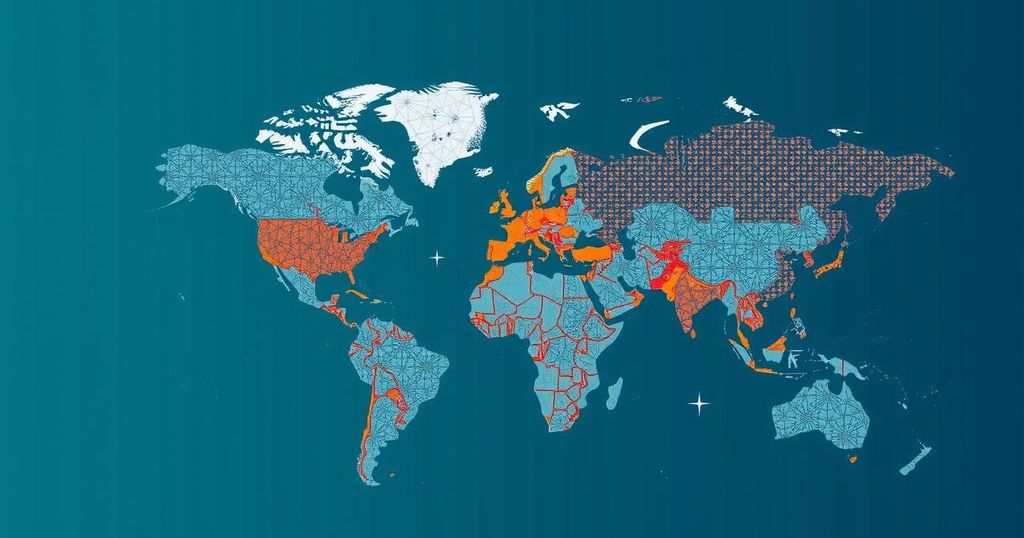Following the recent U.S. election, there is a growing interest among Americans in digital nomad visas and relocating abroad. Searches for terms like “best countries to move to” skyrocketed after Donald J. Trump’s victory. More than 50 countries offer these visas, allowing remote work for extended periods, with Spain and Portugal becoming popular destinations. Many organizations maintain flexible remote work policies, fueling this trend.
Following the recent U.S. election, there has been a surge in interest among Americans regarding digital nomad visas and relocating abroad. Notably, following the announcement of Donald J. Trump’s victory, searches for phrases such as “best countries to move to” and “how to move to Canada” reached unprecedented levels. This trend reflects a growing desire to work remotely in inexpensive, scenic destinations, which had gained traction during the pandemic. While many companies have mandated a return to the office, a significant number continue to offer flexible remote work arrangements. This openness allows employees, particularly freelancers, to consider longer stays in international locales where they can manage their work remotely while enjoying a more favorable cost of living. An increasing number of countries are extending digital nomad visas to support this trend. These visas enable remote workers to legally reside and work abroad for durations ranging from several months to five years. More than 50 nations offer such visas, including popular destinations like New Zealand, Japan, Kenya, and Thailand, with varying requirements and fees. In Europe, Spain, Portugal, the Netherlands, and Norway have emerged as attractive options for digital nomads. For instance, Spain’s visa permits various remote workers, such as freelancers and employees of companies, who earn a minimum of $2,450 monthly. The application fee is $80, granting a visa valid for one year with renewal options. Conversely, Portugal requires a minimum monthly income of $3,500, with a potential for four renewals following the first year. For individuals contemplating an international move, the information about digital nomad visas serves as an essential guide. It highlights countries that accommodate the modern workforce, making it increasingly feasible for professionals to travel while maintaining their careers.
The phenomenon of digital nomadism has gained immense popularity, particularly accelerated by the COVID-19 pandemic, which liberated many from traditional office settings. Consequently, a notable portion of the workforce has embraced the flexibility of remote work, often seeking to balance professional responsibilities with exploring new locales. Following the recent U.S. election, a renewed wave of interest has emerged regarding relocating to countries that accommodate remote workers, as evidenced by skyrocketing online searches. This interest underscores a broader societal trend towards valuing work-life balance and the flexibility of location.
In conclusion, the post-election environment has stimulated a remarkable increase in interest among Americans in digital nomad visas and relocating to other nations. With over 50 countries offering various types of visas, remote workers are equipped with multiple options to explore the world while continuing their professional endeavors. As organizations become more accommodating of remote work, this trend is likely to expand further, enabling many individuals to balance their careers with a desire for adventure and exploration in diverse international settings.
Original Source: www.nytimes.com






